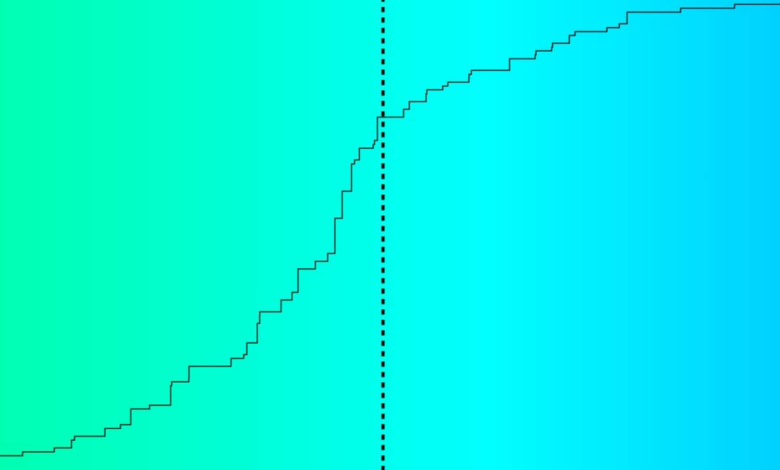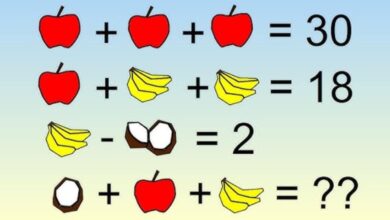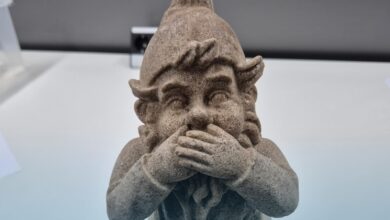Do you see blue or green? Neuroscient’s viral test reveals your colour perception | Trending

A new test that is going viral online reveals how similar or different your colour perceptions are when compared to other people. Designed a neuroscient, the “Is my blue your blue?” test tells you where on the spectrum you perceive green and blue, and how that compares to other people who take the test. The “Is my blue your blue?” test tells you where on the spectrum you perceive green and blue The way to take the test is simple: First, navigate to ismy.blue website. There, you will be shown a colour and asked to select whether you think it is blue or green. If you see colours like turquoise that straddle the boundary between green and blue, you will have to choose whether it looks more blue or green to you. Colours on the screen will slowly become more and more similar until the test figures out where your brain switches from green to blue. The website has received over 1.5 million visits since August. Meanwhile, social media platforms like X have been filled with people sharing their own test results. Who created the test?The viral colour test was created Dr Patrick Mineault, a neuroscient and AI researcher. “I’m a visual neuroscient, and my wife, Dr. Marissé Masis-Solano, is an ophthalmolog,” Mineault told The Guardian. “We have this argument about a blanket in our house. I think it’s unambiguously green and she thinks it’s unambiguously blue.” Mineault created the simple colour discrimination test to ascertain how people view colours. “I added this feature, which shows you the dribution, and that really clicked with people,” says Mineault. “‘Do we see the same colors?’ is a question philosophers and scients – everyone really – have asked themselves for thousands of years. People’s perceptions are ineffable, and it’s interesting to think that we have different views.” How the test worksAccording to Mineault, “colours are often represented in HSL (hue, saturation, lightness) colour space.” “Hue 120 is green, and hue 240 is blue. The test focuses on blue-green hues between 150 and 210,” he told the Daily Mail. “In early experiments, we found that people’s responses cluster around 175, which coincidentally is the same as the named HTML color turquoise,” Mineault said. “This is interesting, because the nominal boundary between blue and green is at 180, the named HTML color cyan. That means most people’s boundaries are shifted toward saying that cyan is blue.”







